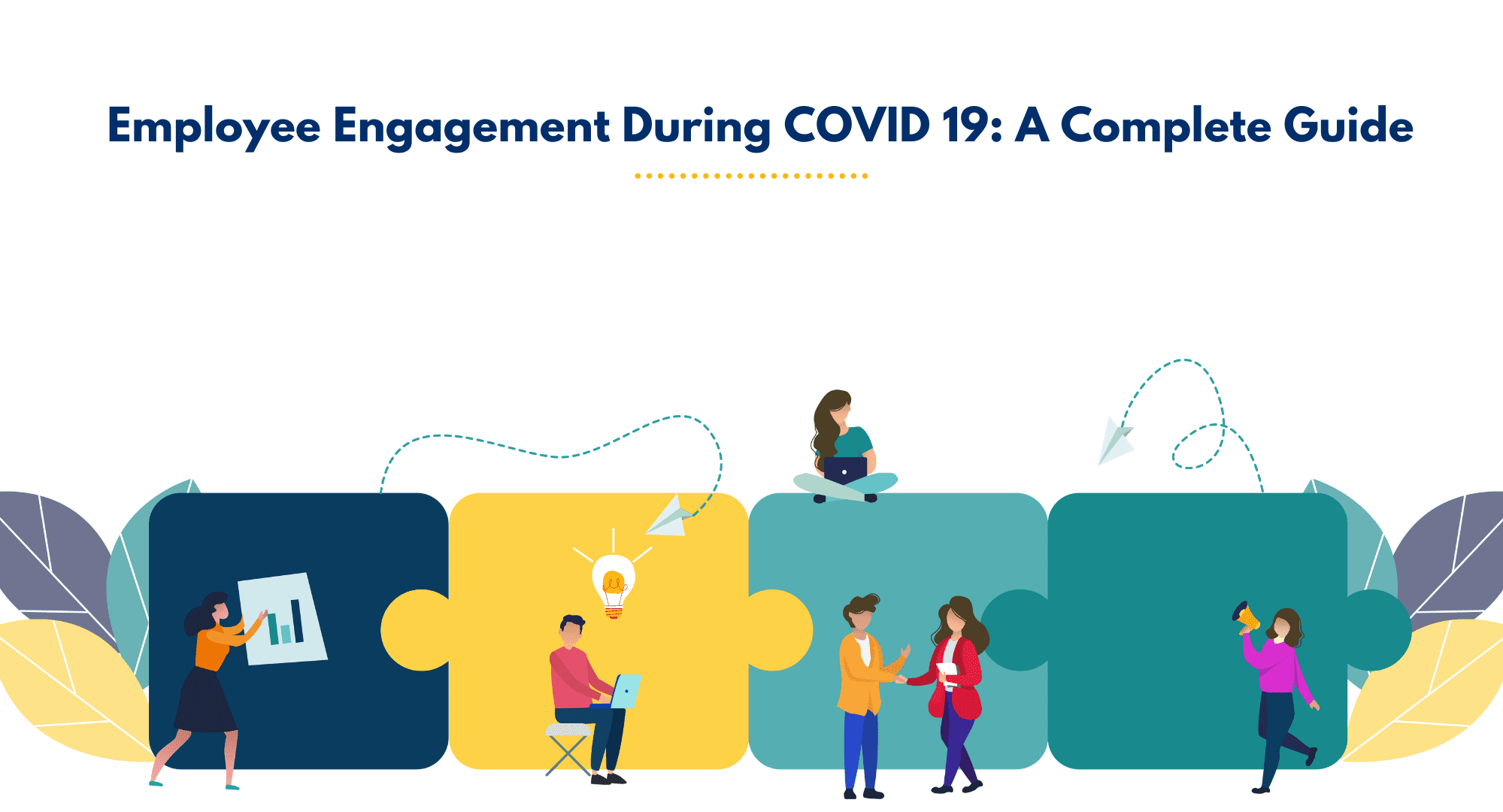Basics Of HR Compliance Every Recruiter Should Know
Recooty

complete knowledge of in order to do their job ethically and legally. Did you know that So, employers need to understand that aligning their recruitment process to HR compliance is extremely critical? In this article, we are going to be covering all the basics of HR compliance that every recruiter should know.
In 2018, there were 76,418 discrimination charges filed with the U.S. Equal Employment Opportunity alone. That’s an evident enough statistic to emphasize the importance of complying with the HR rules. Businesses and organizations around the world are under tremendous pressure to comply with all the HR rules and guidelines. There are many rules and regulations, right from GDPR, to sexual harassment, that HR leaders are bound to follow to avoid hefty fines and lawsuits.
HR compliance can be a complicated task. So, you need to keep tabs on these rules and make sure your hiring strategy wraps around them tightly and well. So, without much ado, let’s look at what HR compliance actually is and what it means for you.
HR compliance is the process that a company defines to ensure that its hiring and work practices meet all the applicable legal laws and regulations. The HR practices in a company need to be fair and framed revolving around the HR rules and regulations while being aware of the human resource objectives.
Typically, HR compliance encapsulates every aspect of hiring, like recruiting and interviewing, hiring procedures, sexual harassment, anti-discrimination, and much more. As companies worldwide ramp up their hiring and the rise of employment laws and regulations, HR compliance is one of the most important aspects that a company needs to take care of.
As an HR, it may be tricky to create a process that complies with the HR rules and regulations. The main thing to remember is that HR compliance goes beyond just written and documented company policies. Violation of HR compliance can happen at any point in the management. For instance, a company may publish a set of policies regarding sick leaves. However, if a manager’s decision violates the policies, the whole company’s HR compliance is compromised. In a nutshell, when a company adheres to the
So, it becomes extremely critical for HR to bridge the gap between meeting their objectives and compliance practices. Each step of your hiring process should be HR compliant. That’s why, as you need to be well-versed in every step from drafting job specifications and advertisements, communicating to candidates to creating employee reports.
Having a good balance between good practices and a good compliance understanding is key to a company’s success. So, let’s look at some of the most important areas of HR compliance and how to adhere to them.
HR compliance involves a wide spectrum of daily HR activities. So, here’s a complete checklist for you to make sure your strategies are HR compliant.
Companies that want to hire high-performing individuals often keep updating and innovating their strategies. While doing so, it is critical for HR professionals to remain compliant in each and every step.
The very first step towards building a compliant recruiting and hiring strategy is to have compliant job descriptions and advertisements. You need to be very careful in order to avoid any language that indicates any kind of discrimination while drafting a job description. Please refer to these 10 tips to write the perfect job description to do so. Likewise, the medium of advertisement that you choose should imply a fair and non-discriminatory hiring practice.
Interviews are the most critical part of the entire hiring process. It is also the most vulnerable when it comes to exhibiting a fair and transparent hiring process. Just like job descriptions and advertisements, the ultimate principle here as well should be to not discriminate. So, make sure your interview opening, as well as follow-up questions, are incisive-yet-neutral, and relevant to each candidate.
Once you’re done with choosing your perfect hire, you may think that you’ve got rid of the burden of HR compliance. However, the same non-discriminatory guidelines adhere to the post recruitment procedures. For instance, under the Fair Credit Reporting Act to check references or conduct background checks, you need your candidates’ authorization. Also, you cannot give negative or bad references to one of your ex-employees based on their gender, caste, religion, color, or race.
As an HR professional, you need to understand your responsibility when it comes to offering compensation and benefits to your hired employees. Usually, big companies offer a wide range of benefits to their employees. These include health insurance, retirement plans, bonus schemes, and much more. However, the fact is that the more benefits you offer, the more complicated it gets to comply with HR norms. For instance, under the Affordable Care Act (ACA), employers with 50+ full-time employees must offer health care as a part of their benefits package. So, while building a compensation and benefits package, HR professionals need to be careful in order to adhere to HR compliance.
Discrimination in recruitment and hiring has always been a major issue for companies. Companies can face major lawsuits and hefty fines if they fail to comply with the anti-discriminatory laws. Having emphasized the significance of anti-discriminatory laws, there are a number of laws that encapsulate color, race, sex, and every other discrimination ground. Some of these laws are-
The basic purpose of all these laws is to prevent employers in all industries to discriminate and take influenced employment decisions based on these factors.


